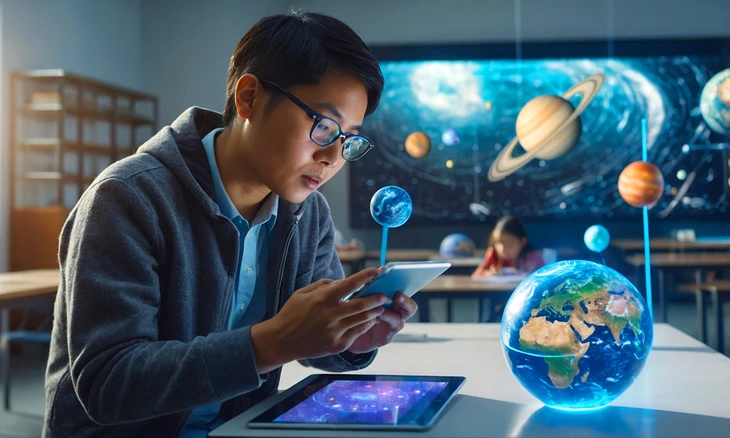
AR technology opens up many interesting new learning methods - Photo: OneTech Asia
In recent years, augmented reality (AR) technology is dramatically changing the way schools and educational institutions teach. Instead of just learning through books, flat screens or traditional lectures, students can now directly interact with vivid 3D models - from the human body, the Solar System to complex chemical experiments.
AR technology visualizes knowledge, arouses interest in learning
AR technology helps integrate virtual elements (images, sounds, information) into real space, allowing learners to experience learning content right on personal devices such as smartphones, tablets or AR glasses.
Thanks to that, dry and difficult-to-visualize concepts such as body anatomy, molecular structure or machine operation become easier to understand and more vivid than ever.
For example, a medical student can rotate, zoom in, and out of each part of a 3D model of the human body, looking through the layers of muscles, bones, and blood vessels to understand every detail. Or elementary school students can observe the movements of planets in the Solar System, see how chemical reactions take place without needing a real lab.
Not only intuitive, AR also helps increase interactivity and initiative in learning. Instead of passively receiving information, learners can explore , experiment and remember knowledge more deeply.
A big advantage of AR is the ability to safely simulate complex, dangerous, or expensive experiments. With just a few taps on the device, students can practice a variety of chemistry and biology experiments without going to the lab or worrying about risks.
In addition, with AR technology, learning is no longer limited by classroom space. Students can learn anytime, anywhere, with just a powerful enough mobile device.
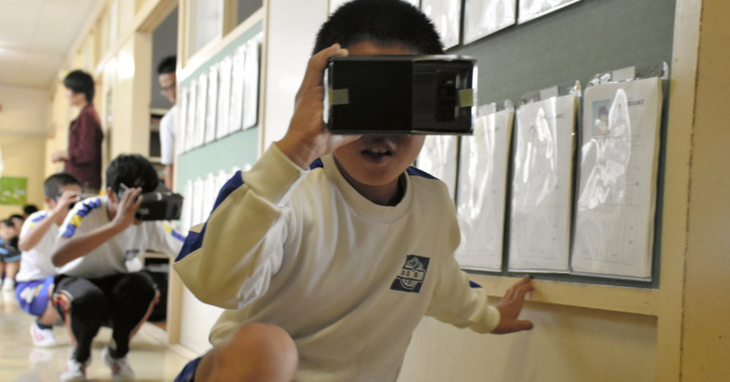
AR technology makes learning more realistic and interesting - Photo: FSI
Featured applications and platforms
According to Tuoi Tre Online , many educational AR applications have been developed and integrated into curriculums in many countries, providing intuitive and vivid learning experiences.
In the medical field, apps like Human Anatomy Atlas and Complete Anatomy allow students to explore detailed 3D models of the human body. In astronomy, SkyView, Star Walk, and Solar AR help students observe the planets and movements of the solar system in real space.
Meanwhile, Chemistry AR supports safe and flexible virtual chemistry experiments. Google Expeditions offers hundreds of virtual tours of landmarks, monuments, and educational models around the world , enriching students' learning experiences.
In addition, devices such as Merge Cube and zSpace 3D displays also make learning through AR more convenient and engaging.
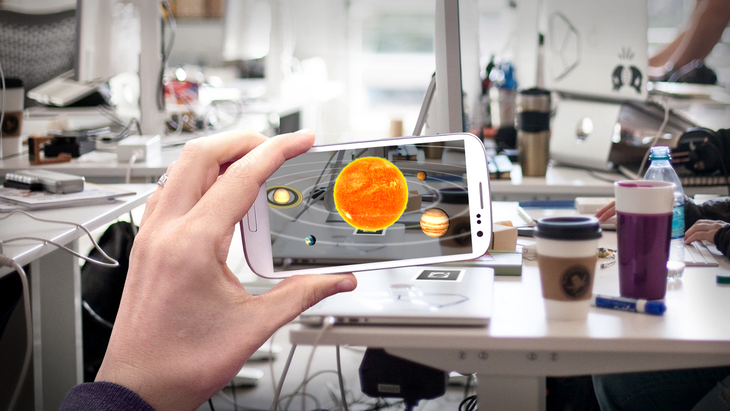
Solar AR application helps observe planets in the Solar System right in real space - Photo: Blend4Web
Potential and challenges
There is no denying that AR is ushering in a new era of education – where students can learn through richer, more hands-on experiences. Fields such as medicine, engineering, natural sciences, history, etc. will benefit the most from this technology.
However, for AR to truly be effective in education, there are still many challenges to overcome. The equipment infrastructure is not yet synchronized, the cost of content development is still high, and teachers need to be trained in the skills of using AR in lectures.
Besides, AR content also needs to closely follow the formal education program to achieve the best learning results.
near future
With the rapid development of mobile technology and AR platforms such as ARKit (Apple), ARCore (Google), Unity 3D, Vuforia, the accessibility of this technology is becoming easier and easier. Many experts predict that in the next 3-5 years, AR will become an indispensable part of modern education, helping students learn more effectively and enthusiastically.
Source: https://tuoitre.vn/cong-nghe-ar-mo-ra-cach-hoc-moi-hoc-sinh-sinh-vien-tuong-tac-truc-tiep-voi-mo-hinh-3d-20250623100247857.htm









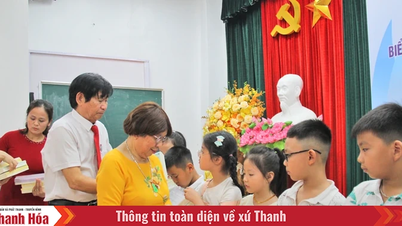

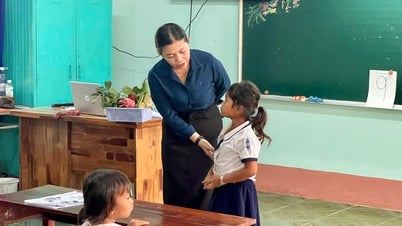







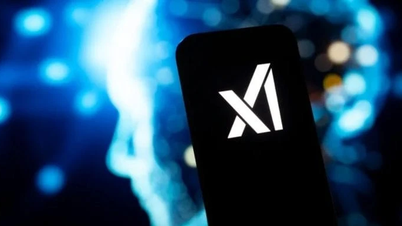



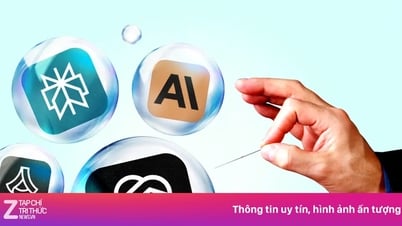
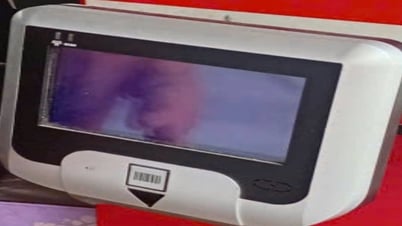

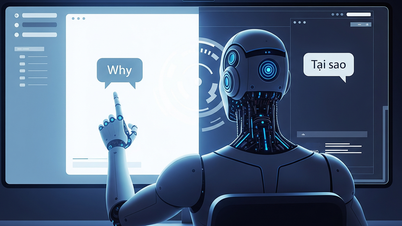



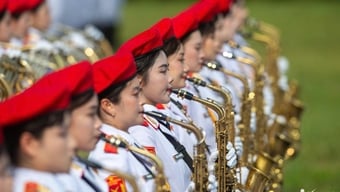













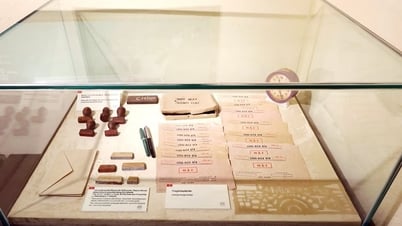












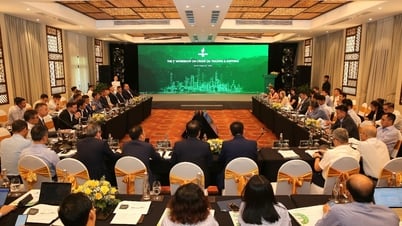
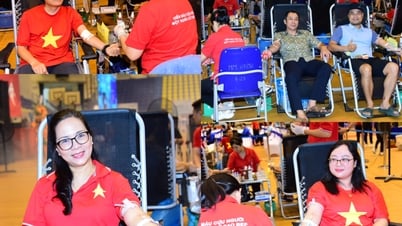

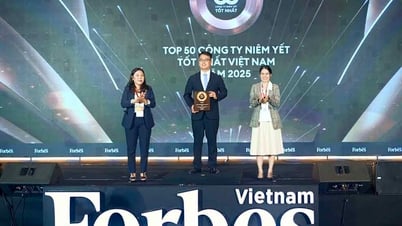








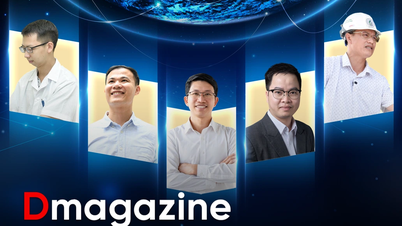








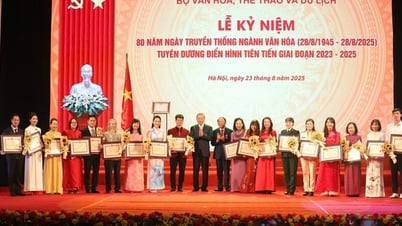





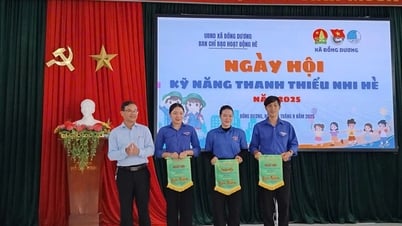










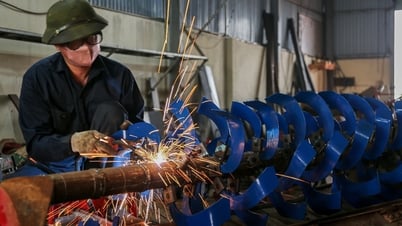







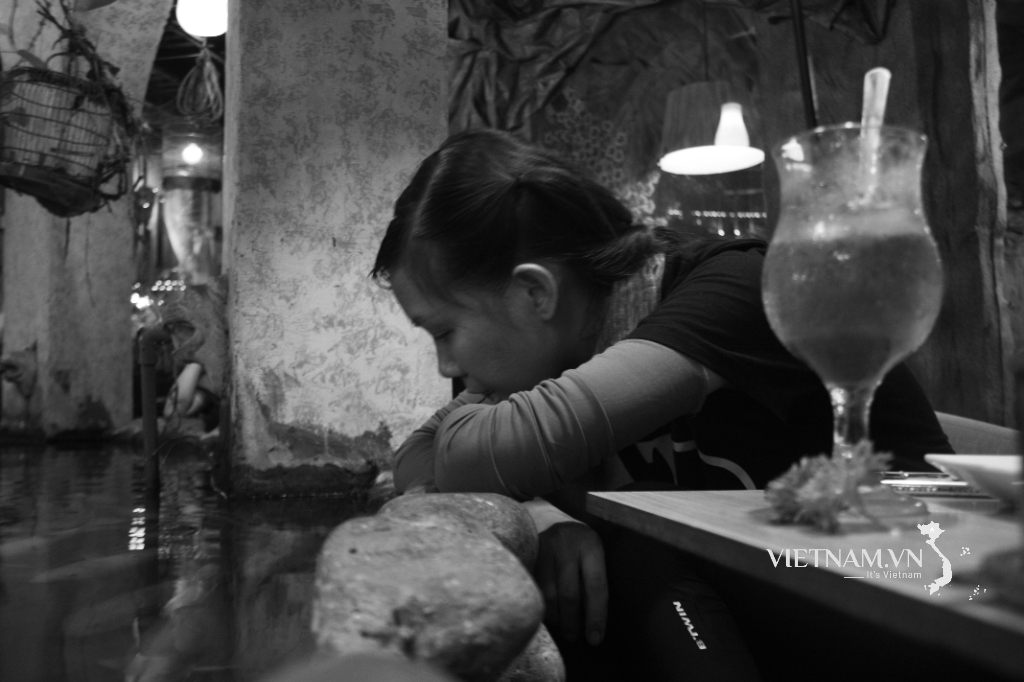
Comment (0)